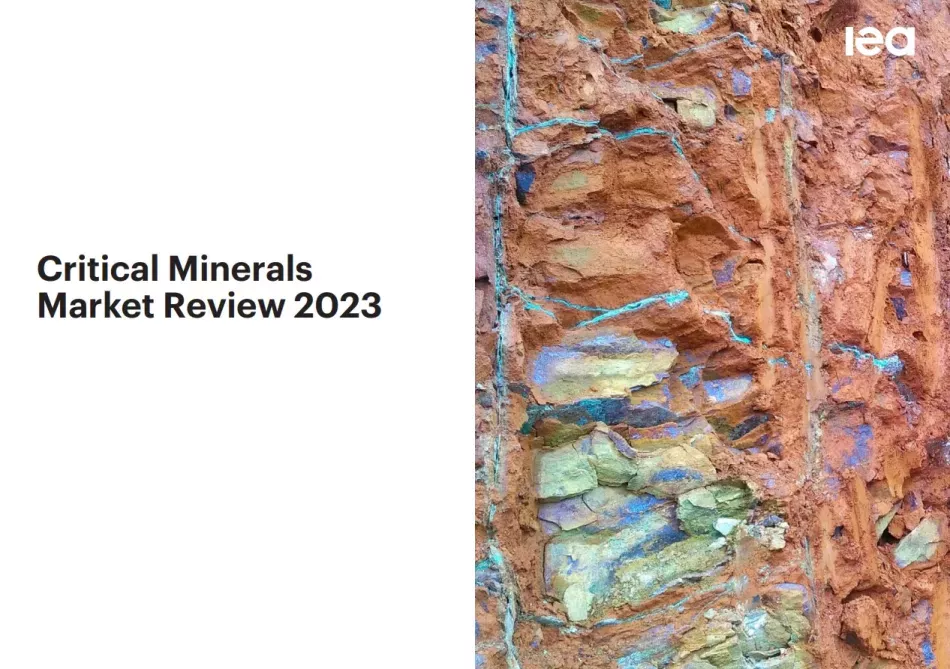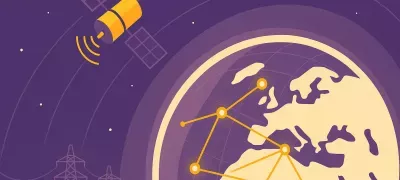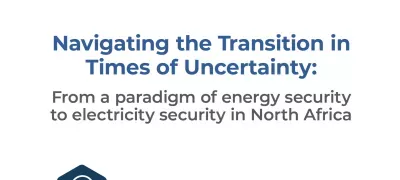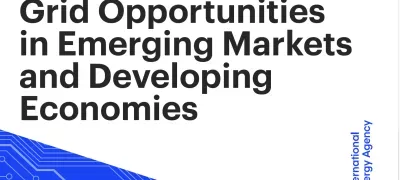
Critical minerals have become increasingly prominent in policy and business discussions due to their vital role in various clean energy technologies. While the industry sees new opportunities driven by rapid demand growth, challenges like volatile prices, supply chain bottlenecks, and geopolitical concerns pose significant risks to secure and swift energy transitions. Consequently, policymakers worldwide are implementing new actions to enhance the diversity and reliability of critical mineral supplies.
Following the IEA's significant analysis on Critical Minerals in Clean Energy Transitions and new mandates in 2022, the Agency has expanded its focus on critical minerals to address emerging challenges and ensure sustainable supplies. This includes regular market monitoring to understand demand and supply dynamics. The analysis reviews the latest trends in prices, investments, and production in the critical minerals sector, with a particular focus on the battery sector's influence on demand growth. Moreover, the report provides implications for policy and industry stakeholders.
The integration of critical minerals into the IEA’s Global Energy and Climate Model allows for regular updates in line with policy and technology trends. This information is accessible through the IEA Critical Minerals Data Explorer, enhancing market transparency. The report covers a wide range of minerals used in clean energy technologies, with a focus on key materials like copper, major battery metals, and rare earth elements. Future analysis will delve deeper into demand and supply projections, addressing the request in the G7 Five-Point Plan for critical minerals security and providing insights for decision-making.
See more :



